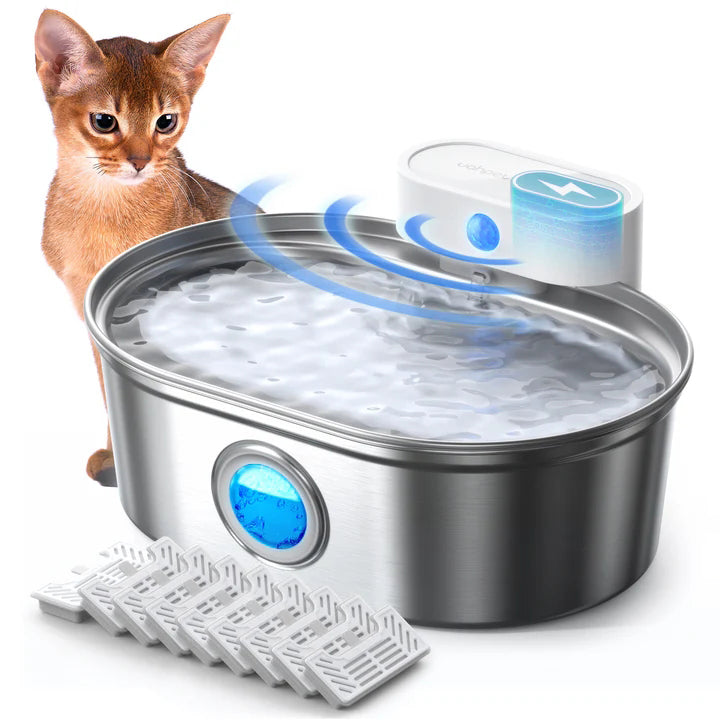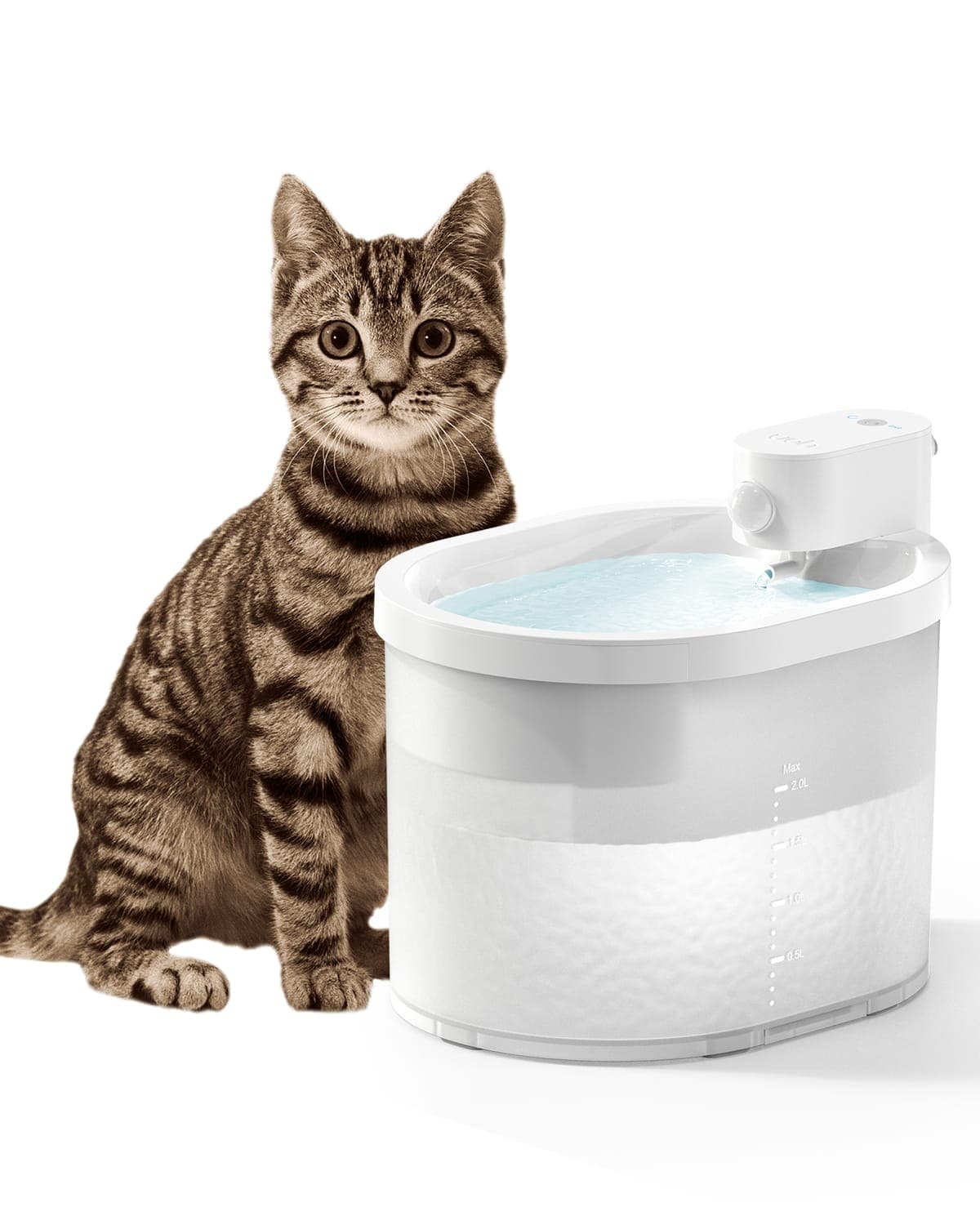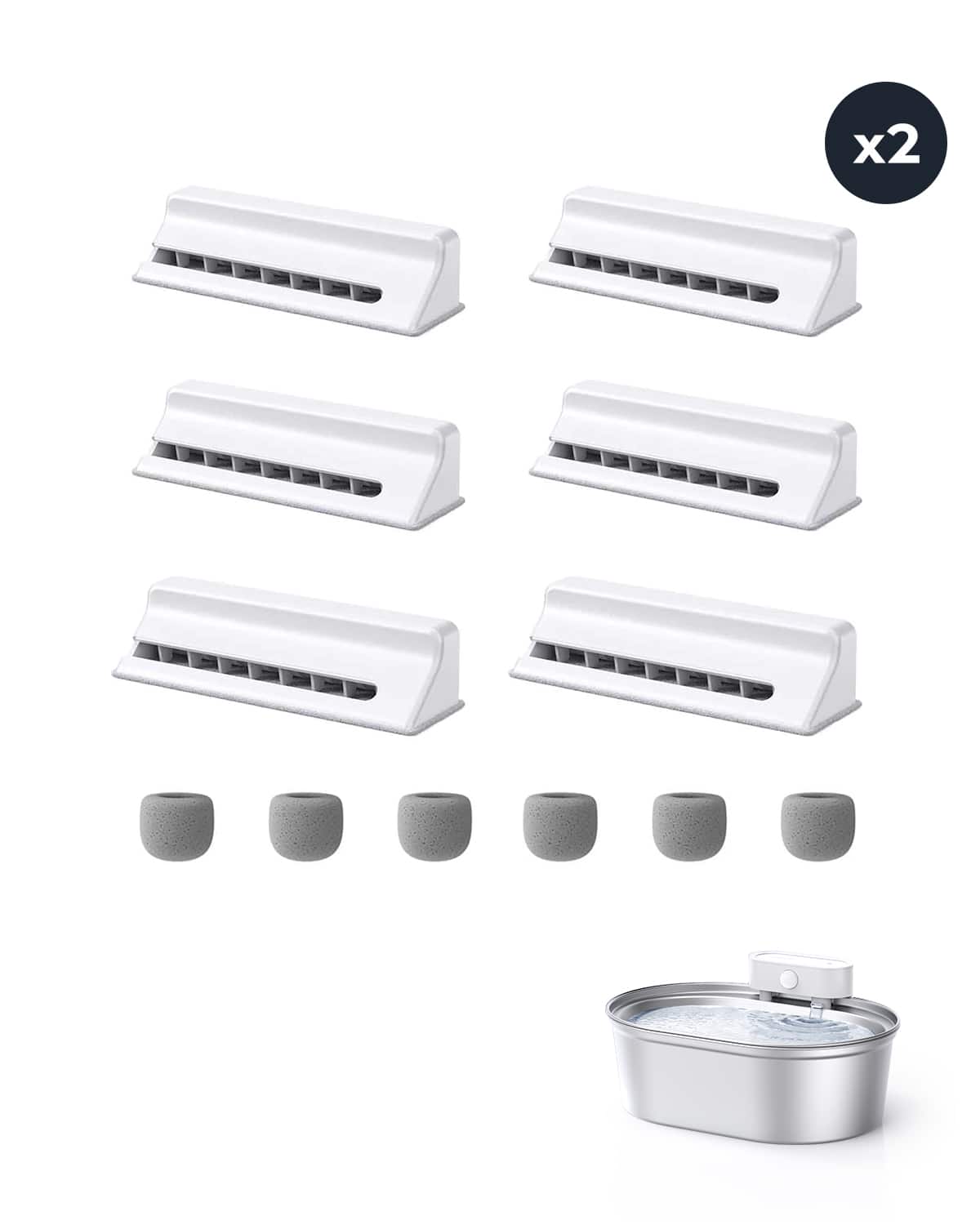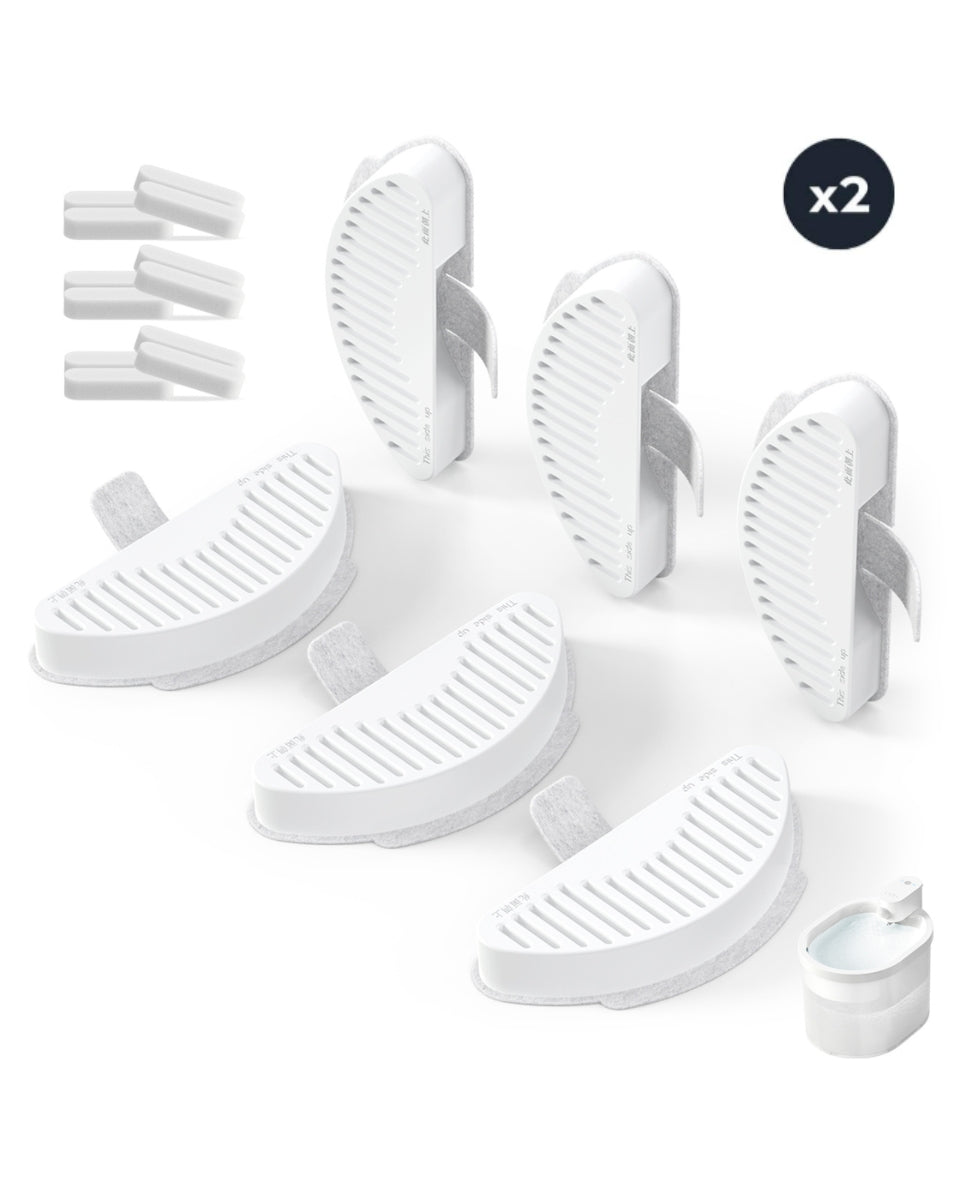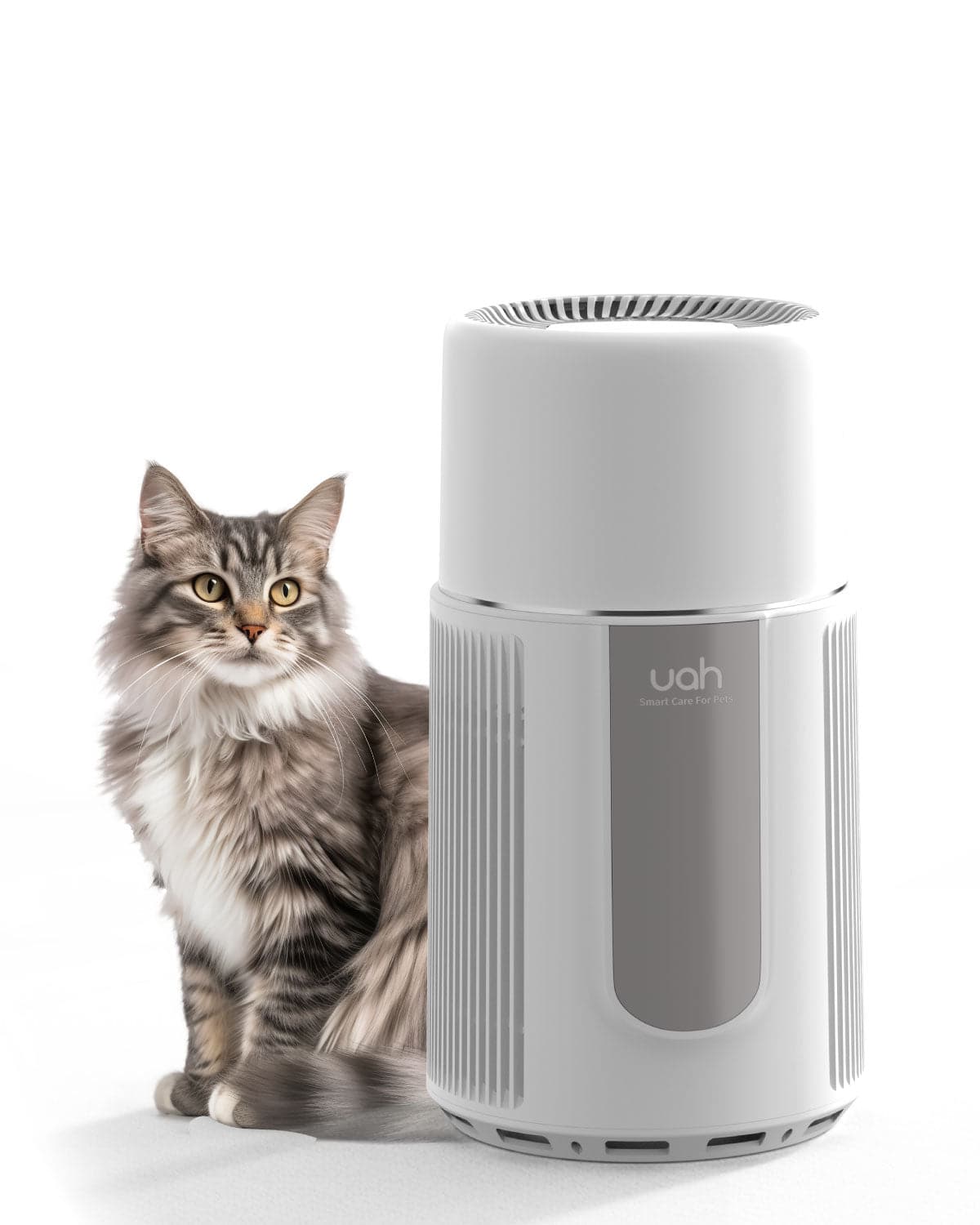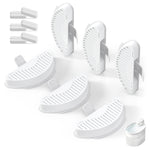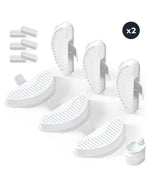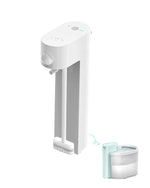Feeding your cat the right balance of wet and dry food is essential for their health and happiness. Cats are unique creatures with specific dietary needs, and understanding how to meet those needs can make all the difference. Whether you're a new cat owner or a seasoned pet parent, this comprehensive guide will walk you through everything you need to know about feeding your cat wet and dry food.
Understanding Your Cat's Nutritional Needs
Cats are obligate carnivores, which means their diet must primarily consist of animal-based proteins. Unlike omnivores, cats cannot thrive on plant-based diets alone. They require essential nutrients such as taurine, arachidonic acid, and vitamin A, which are naturally found in meat. Wet and dry cat foods are formulated to meet these nutritional needs, but they each have their own advantages and disadvantages.
Benefits of Wet Cat Food
Wet cat food is known for its high moisture content, which is particularly beneficial for cats who don't drink enough water. Dehydration can lead to serious health issues, such as urinary tract infections and kidney problems. Wet food helps keep your cat hydrated while providing a rich source of protein and essential nutrients. Additionally, its soft texture is easier for older cats or those with dental issues to consume.
Benefits of Dry Cat Food
Dry cat food, on the other hand, is convenient and cost-effective. It has a longer shelf life and can be left out for longer periods without spoiling. Dry food is also beneficial for dental health, as the crunchy texture helps reduce plaque and tartar buildup. However, it's important to ensure your cat drinks enough water when feeding them dry food to prevent dehydration.
Combining Wet and Dry Cat Food
Many cat owners choose to combine wet and dry food to provide a balanced diet. This approach allows you to take advantage of the benefits of both types of food. For example, you can feed your cat wet food in the morning and dry food in the evening. Alternatively, you can mix small amounts of wet food with dry food to enhance its flavor and moisture content. The key is to monitor your cat's weight and overall health to ensure they're getting the right balance of nutrients.
How Much Should You Feed Your Cat?
The amount of food your cat needs depends on their age, weight, activity level, and overall health. Kittens require more frequent meals and higher calorie intake to support their growth, while adult cats need a balanced diet to maintain their weight. Senior cats may require fewer calories but more specialized nutrients to support their aging bodies. Always consult your veterinarian to determine the appropriate portion sizes for your cat.
Common Feeding Mistakes to Avoid
One of the most common mistakes cat owners make is overfeeding. Obesity is a growing concern among cats and can lead to serious health problems such as diabetes, arthritis, and heart disease. Another mistake is feeding your cat a diet that lacks variety. While cats can be picky eaters, it's important to introduce different flavors and textures to ensure they receive a wide range of nutrients. Lastly, avoid feeding your cat human food, as many ingredients can be toxic to them.
Transitioning Between Wet and Dry Food
If you decide to switch your cat's diet from wet to dry food or vice versa, it's important to do so gradually. Sudden changes can upset your cat's stomach and lead to digestive issues. Start by mixing a small amount of the new food with their current food, gradually increasing the proportion over a week or two. This will give your cat time to adjust to the new texture and flavor.
Special Considerations for Cats with Health Issues
Cats with specific health conditions may require specialized diets. For example, cats with kidney disease may benefit from a low-phosphorus diet, while those with diabetes may need a low-carbohydrate diet. Always consult your veterinarian before making any significant changes to your cat's diet, especially if they have underlying health issues.
Tips for Picky Eaters
If your cat is a picky eater, there are several strategies you can try to encourage them to eat. Experiment with different flavors and textures to find what they prefer. Warming up wet food can enhance its aroma and make it more appealing. You can also try feeding your cat in a quiet, stress-free environment to help them feel more comfortable.
The Role of Treats in Your Cat's Diet
Treats can be a great way to bond with your cat and reward good behavior, but they should be given in moderation. Too many treats can lead to weight gain and nutritional imbalances. Look for high-quality treats that complement your cat's diet and avoid those with artificial additives or fillers.
Monitoring Your Cat's Health
Regularly monitoring your cat's health is crucial to ensure they're thriving on their diet. Keep an eye on their weight, coat condition, energy levels, and litter box habits. Any sudden changes could indicate a problem that requires veterinary attention. Routine check-ups with your veterinarian can also help catch potential issues early.
Feeding your cat the right balance of wet and dry food is one of the most important ways to ensure their long-term health and happiness. By understanding their nutritional needs, avoiding common mistakes, and monitoring their health, you can provide your feline friend with the best possible care. Remember, every cat is unique, so it's essential to tailor their diet to their specific needs. Start implementing these tips today and watch your cat thrive!

